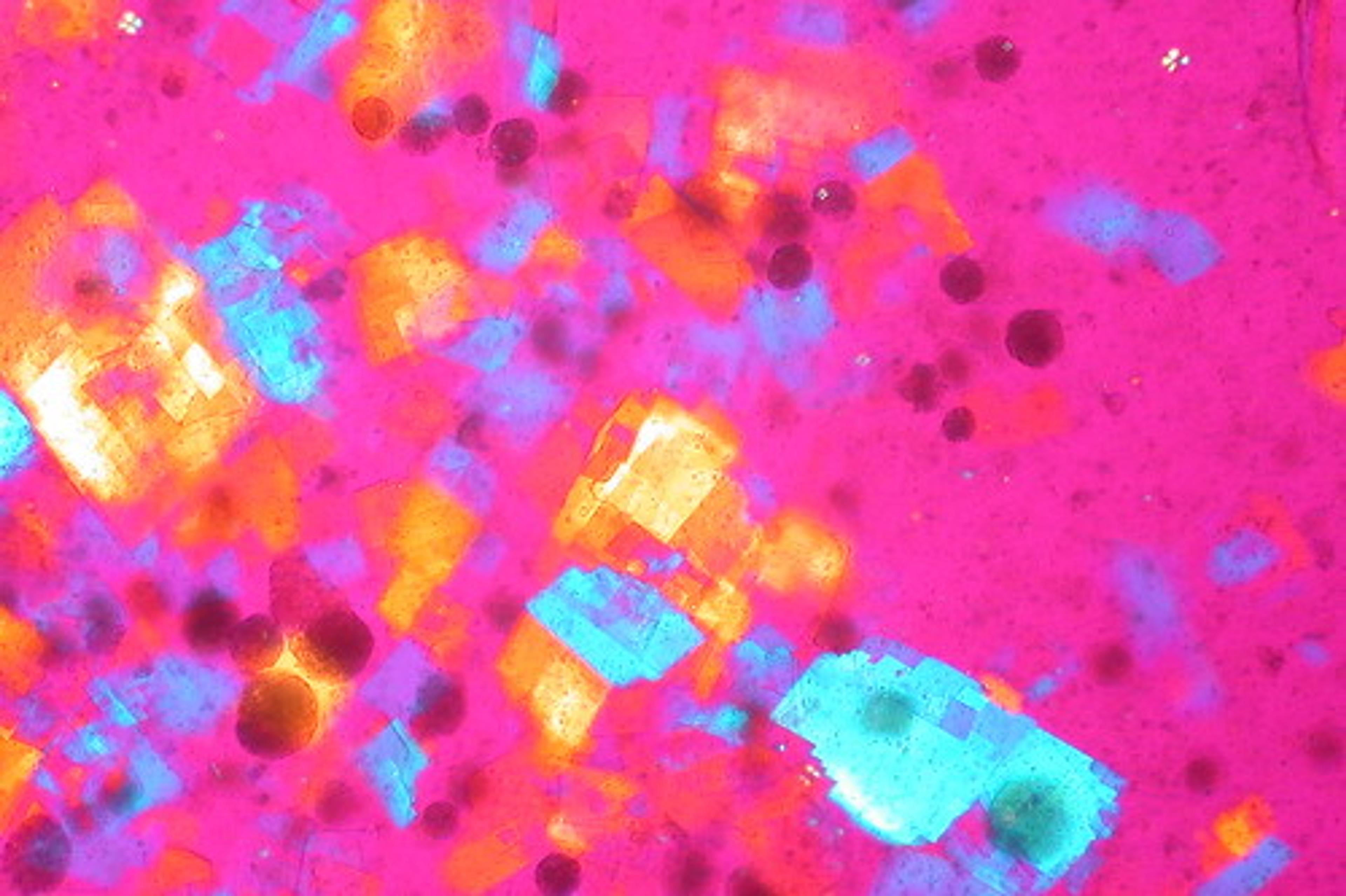3 easy steps to improve your good cholesterol levels
Guest Blogger
| 3 min read

LDL and HDL are letters that don’t mean much to us until the doctor says they can’t be ignored. Most of us go about our busy lives full steam ahead, ignoring our health until these letters stop us dead in our tracks. But one can gain a sense of empowerment in getting familiar with these terms, especially as we’re able to control them on our own.
So for those of you who could use a refresher, here’s a crash course:
HDL – High Density Lipoprotein, a.k.a. “Good Cholesterol”.
What’s so good about it?
HDL carries cholesterol from your body tissue to the liver. The more HDL you have, the better your body can regulate your cholesterol. According to the American Heart Association, an HDL cholesterol level of 60 mg/dl or higher gives some protection against heart disease. Anything less than 40 mg/dl for men and less than 50 mg/dl for women can increase the risk of developing heart disease. Bottom line: HDL helps keep our systems in check – we need it.
LDL – Low Density Lipoprotein, a.k.a. “Bad Cholesterol”.
It’s bad to the bone. At the very least, it’s bad for your heart.
LDL plays a huge part in plaque buildup within the arteries. Think of your kitchen sink. If you jam enough stuff down its drain, like bones, scraps of food and grease, eventually the sink will clog to the point where it can’t function properly. Then you’ll have to call the plumber and shell out a considerable amount of money (not to mention, downtime) to fix the clog. LDL works on your arteries in the same way. Just as keeping food and grease out of the sink prevents clogs, an LDL of under 100 mg/dl can help you keep those arteries wide open.
Clearly, it’s in our best interest to raise our HDL and lower our LDL. Attacking them simultaneously from a number of angles can shift those levels in the right direction. Here’s what’s good:
- Working cholesterol –friendly food into your diet. Oatmeal, fish, nuts and soy all have their benefits when it comes to lowering your LDL. A regular intake of LDL fighting foods , especially plant-based foods, can help reduce it by almost 40%.
- Move that body! You’ve probably heard this more than once, but at least 30 minutes of regular aerobic exercise on most days of the week benefits you on many levels: HDL, LDL, blood pressure, triglycerides and more. And you don’t have to sign a gym contract to get your minutes in, either. You can turn simple, everyday tasks into calorie burning sessions.
- Most people newly diagnosed with high cholesterol take the first six months to get their levels under control using the two methods above. But when diet and exercise don’t quite cut it, doctors usually call in the cholesterol cavalry – statins. They block the enzymes in the liver that make cholesterol in the first place. Plus, they’re effective in lowering LDL and increasing HDL.
A combination of any of the three ways above can help you get a handle on your cholesterol levels. But it takes more than just doing one or two things to get to your numbers in an ‘optimal’ range. Learning more about living a healthier life is just as essential and one good way to do that is to subscribe to the Healthy Blue Living eNewsletter.
What steps are you taking to improve your HDL?
Photo credit: euthman
Kristina Williams-Lee is a writer and editor for the Blues, Quin’s wife, mother of five (yes, five) beautiful children, and hopelessly in love with Detroit – some days, not in that order. I’m also a student, volunteer, music lover, spoken word novice and a fist-pick packing supporter of the natural hair movement. And like you, I’m on a quest for a healthier existence – mind, body and soul.





